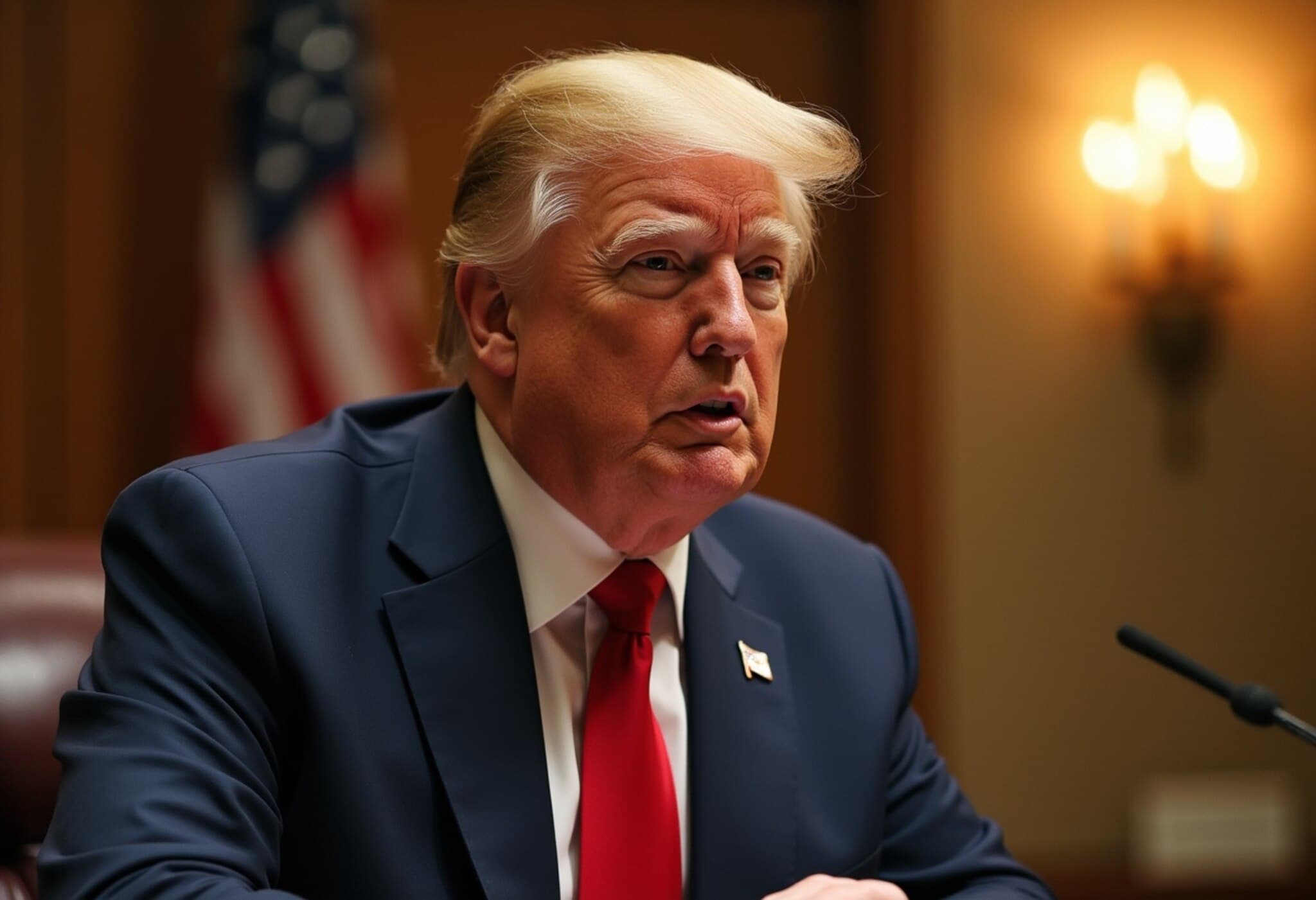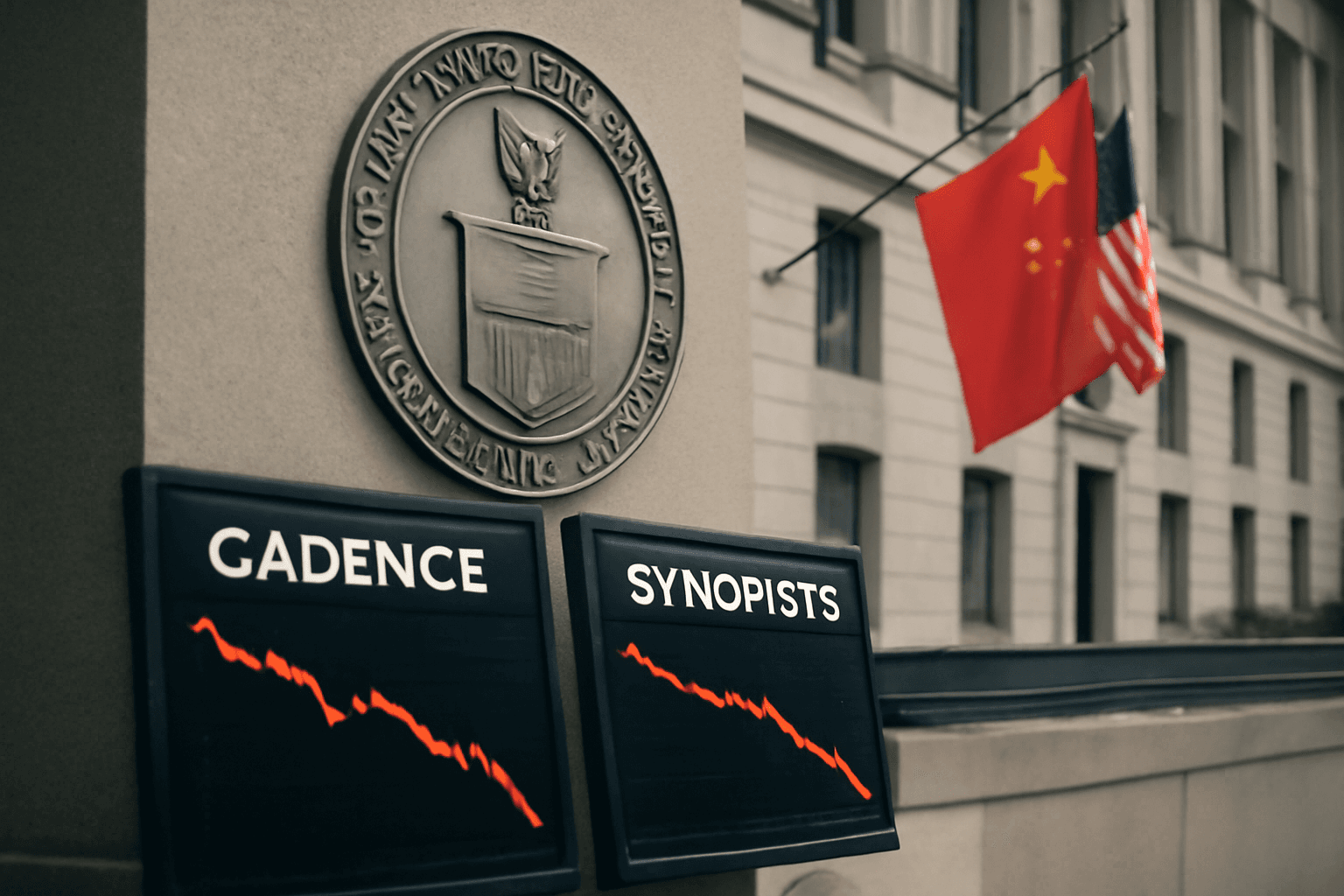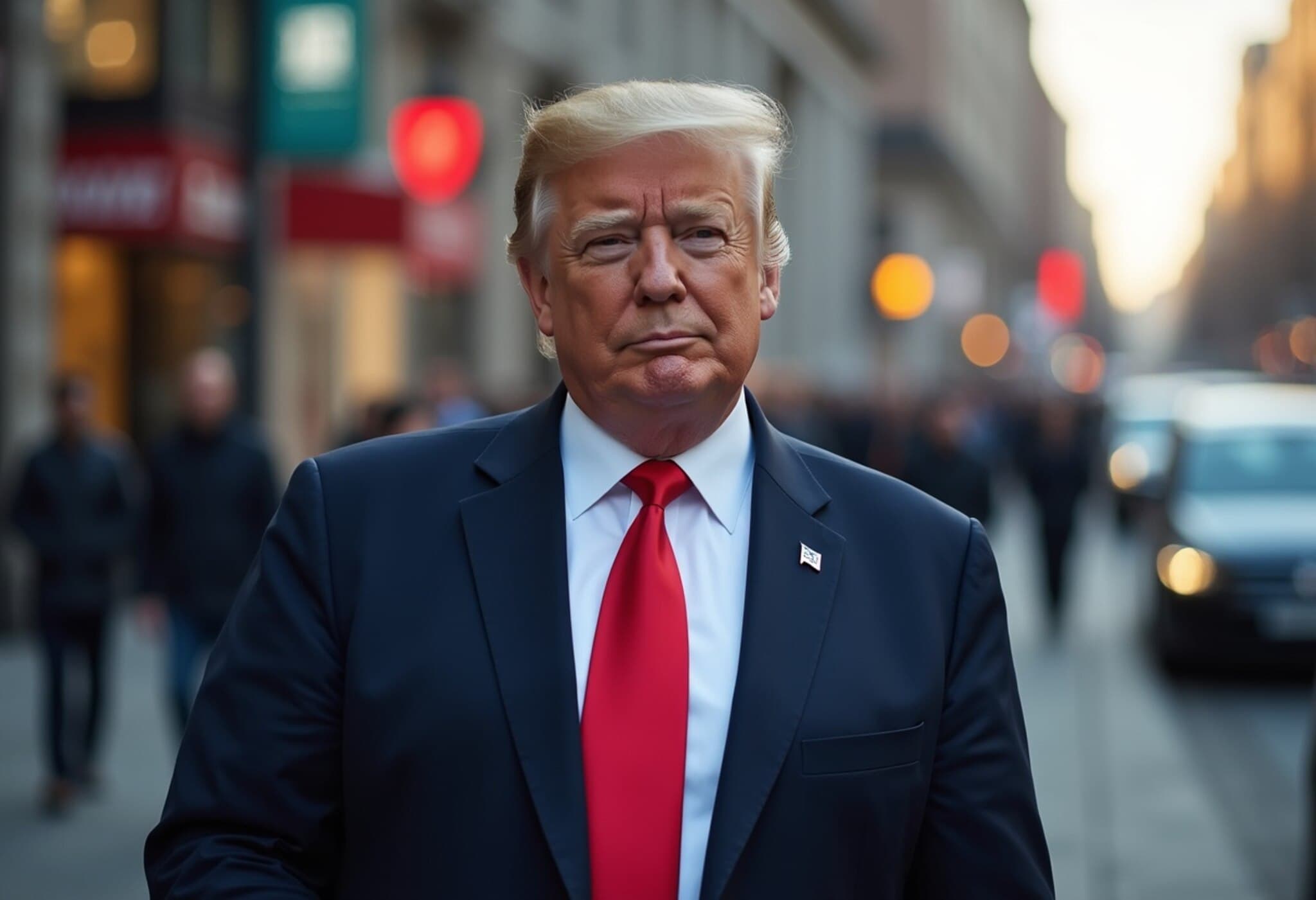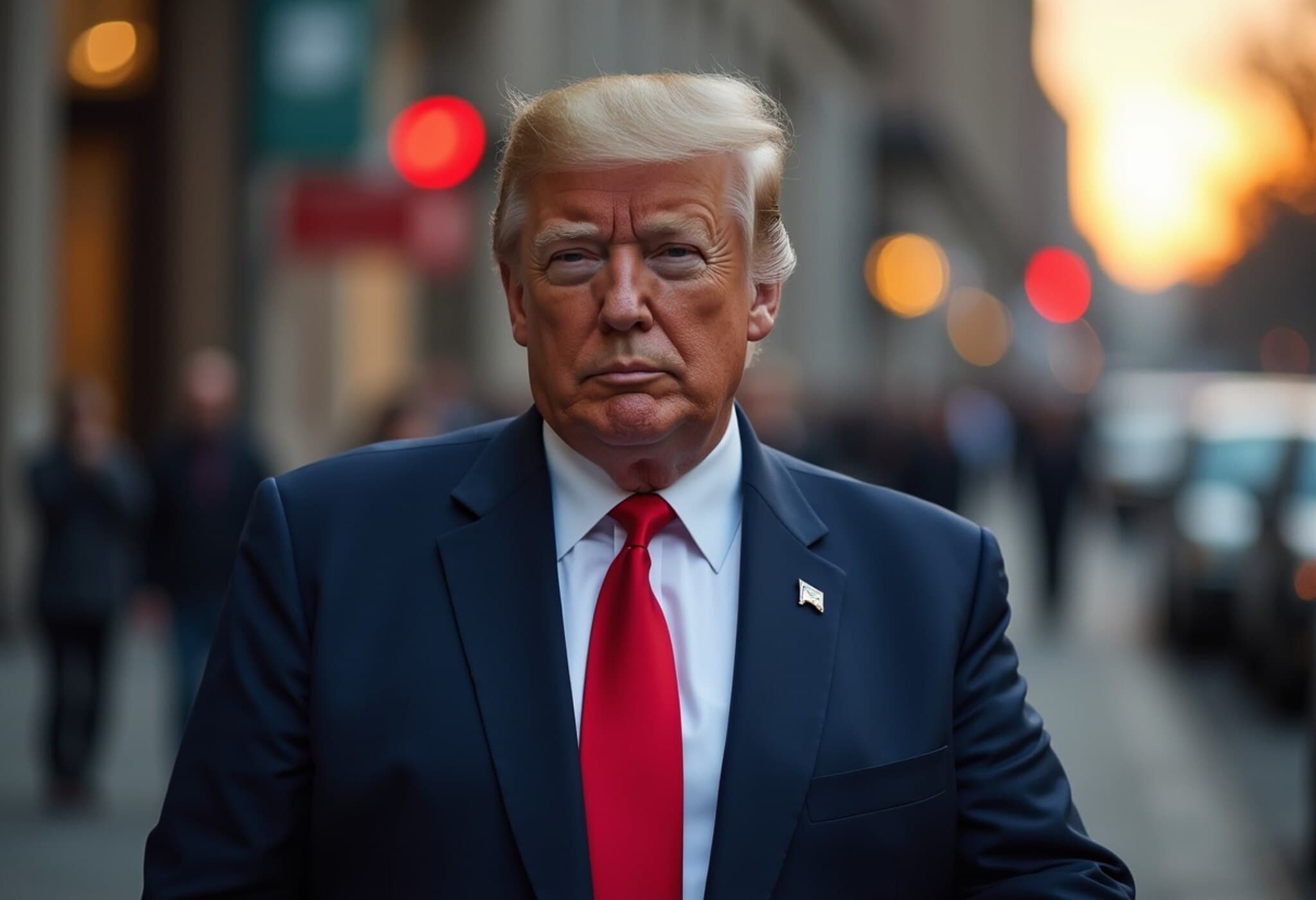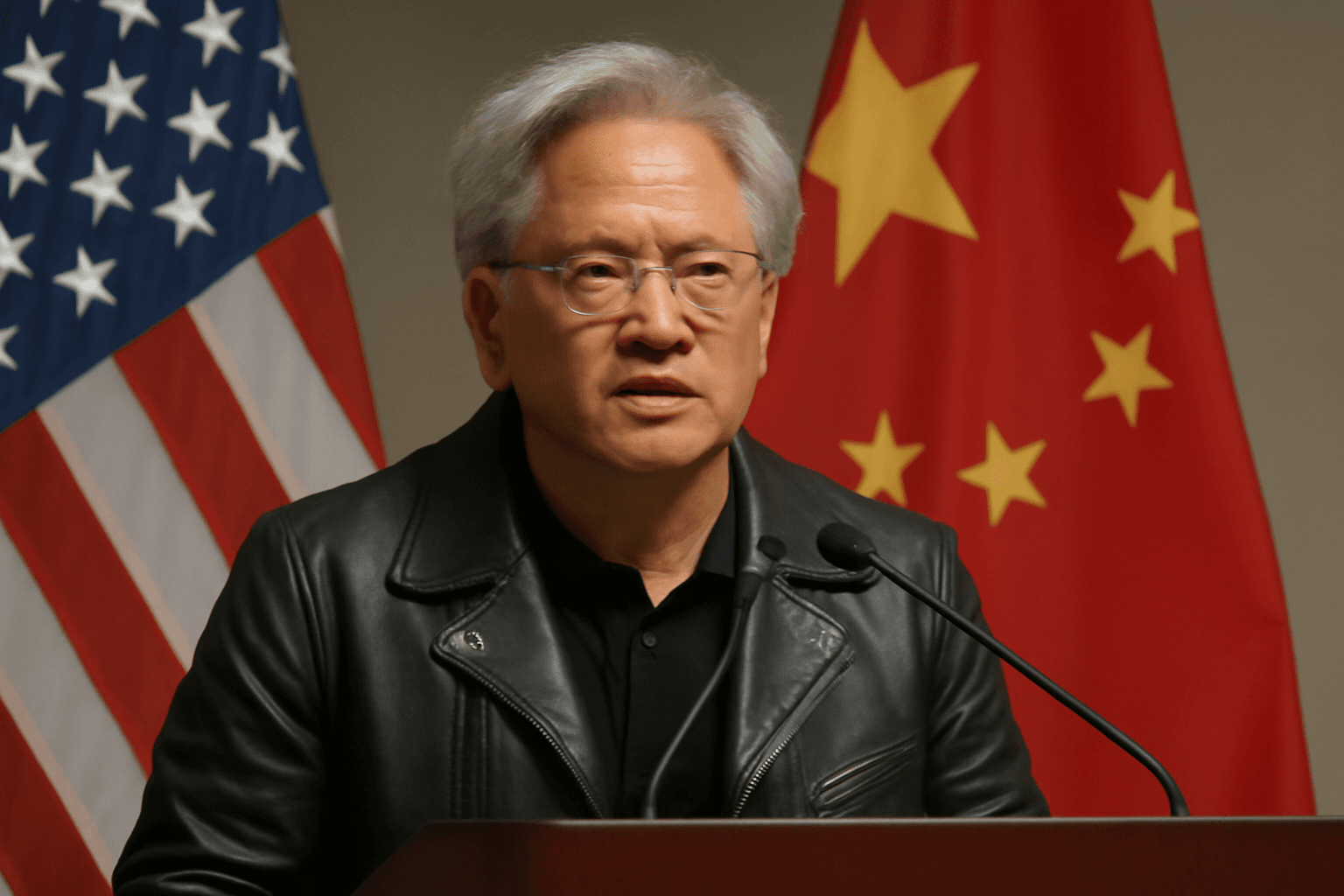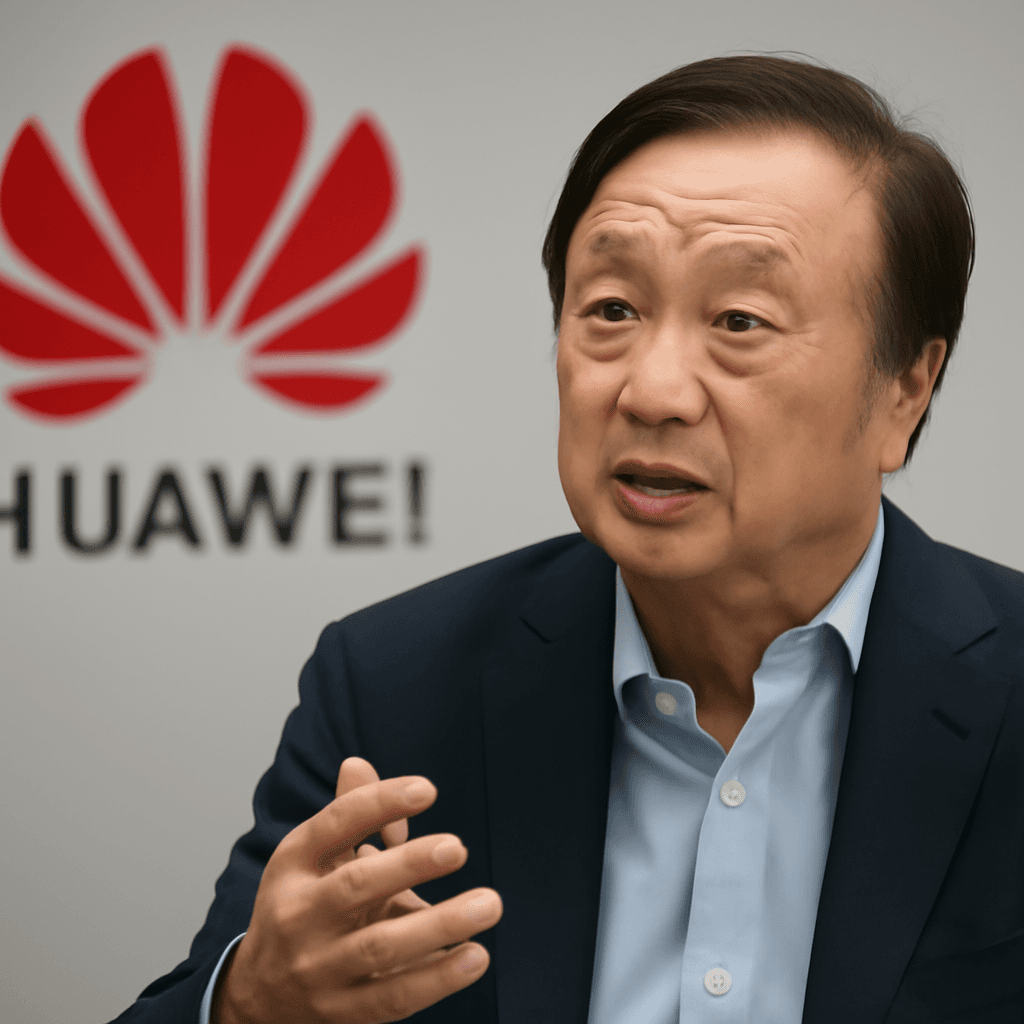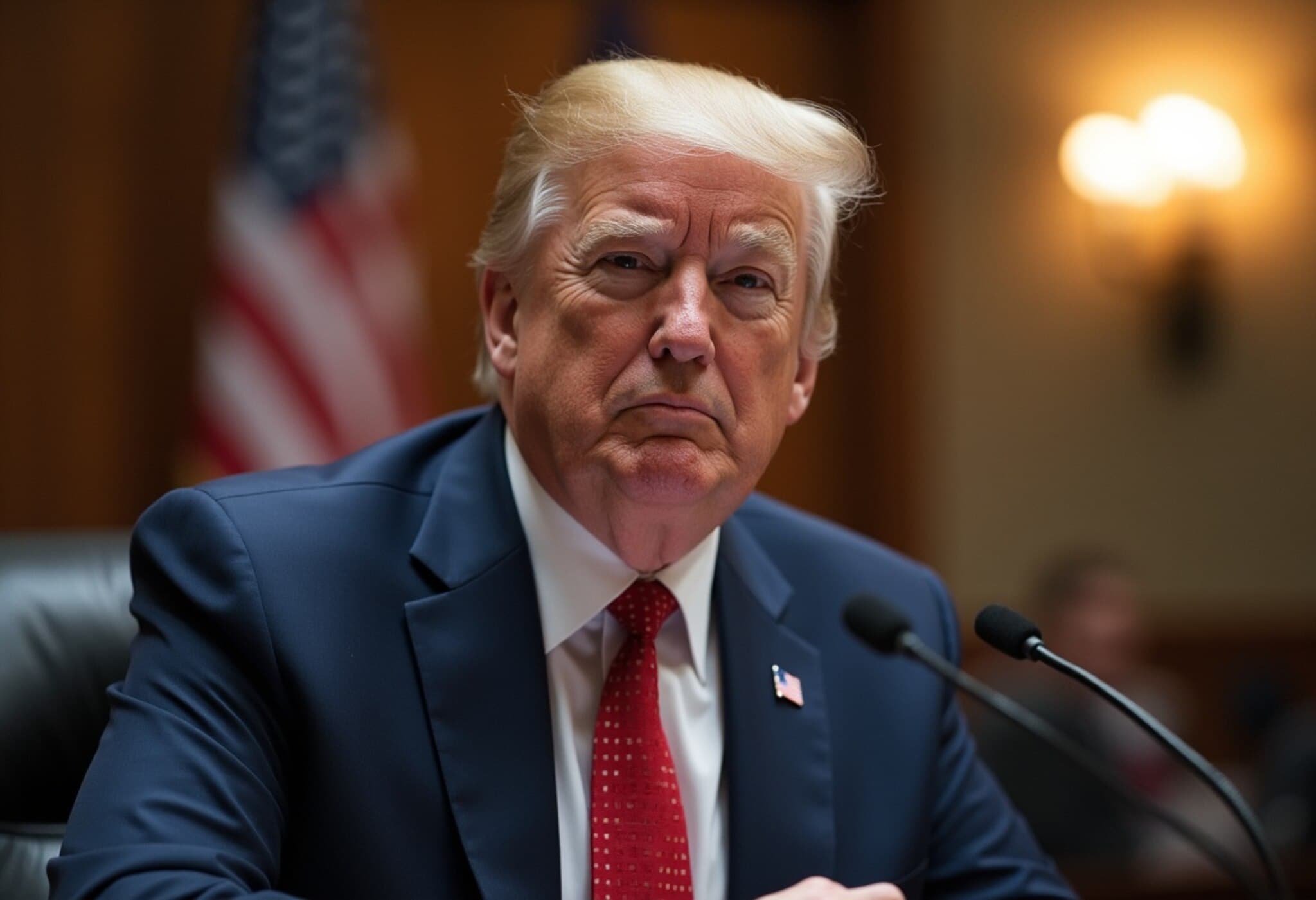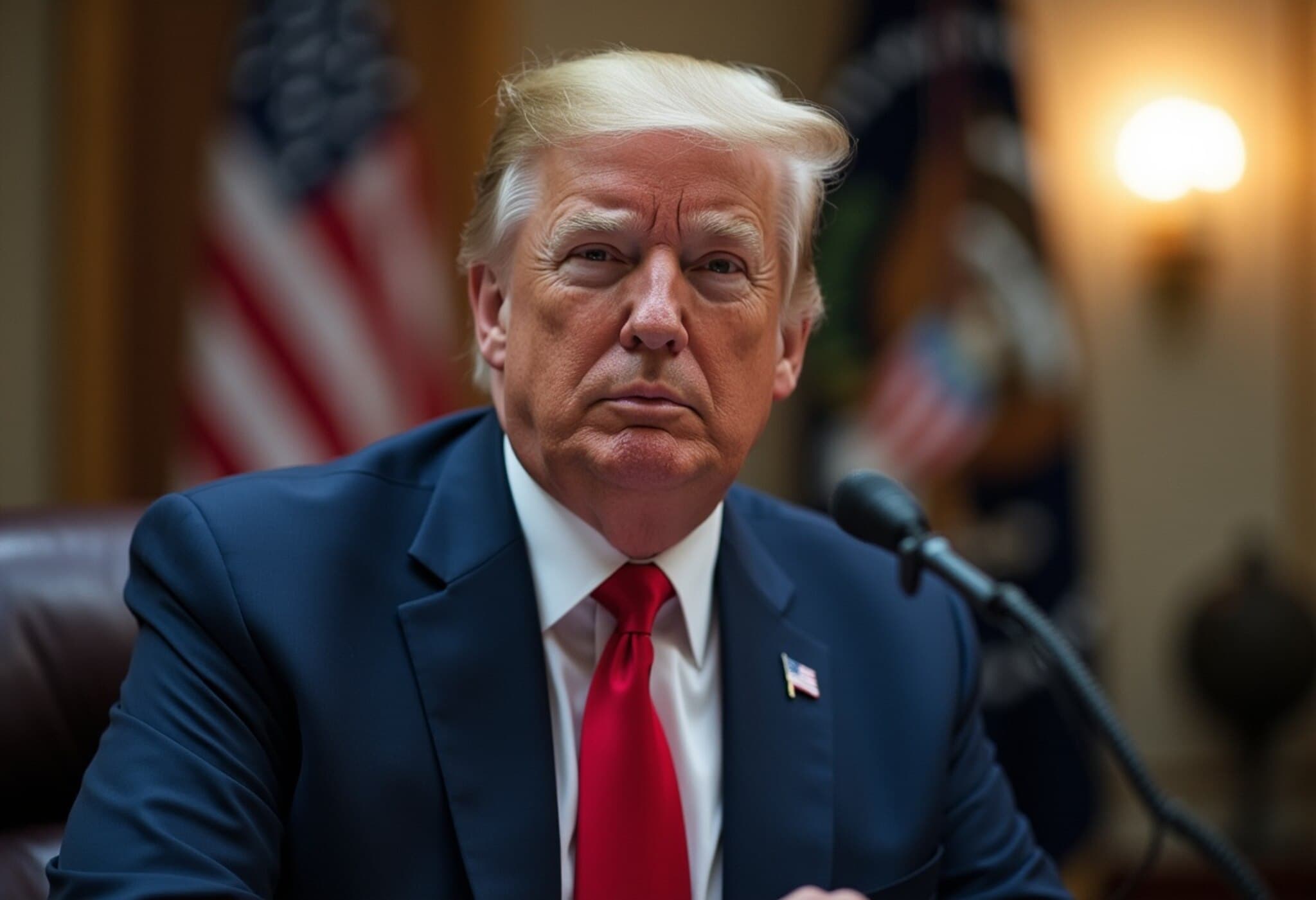Trump Clarifies: No Additional Tariffs on Gold Imports
In a significant move that brought relief to investors and the bullion market alike, former US President Donald Trump declared that gold imports will not be subject to any additional tariffs. This reassurance comes in response to confusion sparked by a recent letter from US Customs suggesting that certain gold bars might incur import duties.
Background: Customs Notification Causes Market Jitters
Last week, a letter from US Customs and Border Protection surfaced, indicating that gold bars weighing a combined total of approximately 2.8 kg in two standard weight categories could be liable for import tariffs. This document, initially reported by the Financial Times, unsettled the gold markets, pushing prices to unprecedented highs amid fears of increased trading costs.
Gold is a globally traded safe-haven asset, and any shift in import regulations can ripple through the economy, affecting prices and investment decisions. The US, as a major importer and consumer of gold, plays a pivotal role in these dynamics.
Trump’s Direct Response via Truth Social
Responding through a post on his social media platform Truth Social, Trump unequivocally stated: “Gold will not be Tariffed!” Although he did not delve into further specifics, this announcement immediately calmed the speculative frenzy among traders and investors.
Executive Order Pending to Clarify Tariff Policies
According to a White House official, an executive order is anticipated to be issued shortly to dispel misinformation and solidify policy regarding tariffs on gold bars and other specialized commodities. This action aims to foster transparency and prevent future market uncertainty.
Economic and Market Implications
The initial spike in gold prices following the customs notice reflected investor anxiety over potentially higher import costs, which could affect everything from jewelry manufacturing to investment bullion markets. However, with the presidential clarification, prices corrected downward.
For instance, US gold futures for December delivery dropped 2.5% to $3,404.70 an ounce on the Monday following the announcement. This retreat indicates restored market confidence.
Broader Trade Context: Tariff Truce with China Extended
Meanwhile, in related trade developments, Trump also signed an order extending a truce on tariffs with China for an additional 90 days, just hours before existing agreements were set to expire on August 12. This extension prevents an escalation that could have raised US tariffs on Chinese goods to a staggering 145%, with reciprocal Chinese tariffs potentially hitting 125% on American products.
These moves underscore the ongoing complexities and negotiations in global trade policy amid geopolitical tensions and economic recalibrations.
Expert Perspectives and Underreported Angles
- Legal Ambiguities in Tariff Enforcement: The customs letter highlights how vague classifications and enforcement inconsistencies can create widespread uncertainty among importers, suggesting a need for clearer legislative frameworks.
- Impact on US Jewelry and Manufacturing Sectors: Although gold futures corrected after Trump's statement, extended tariff threats risk significant cost hikes for domestic manufacturers relying on imported raw materials.
- International Relations: Switzerland and other major gold-producing countries have closely watched the tariff situation, as disproportionate duties could affect longstanding trade partnerships.
Looking Ahead: What to Watch
The forthcoming executive order and subsequent policy updates will be closely monitored by financial markets, importers, and trade experts. Additionally, upcoming US inflation reports remain critical as they influence Federal Reserve interest rate decisions, which in turn affect gold’s appeal as an investment.
Editor’s Note
This episode around gold tariffs not only reveals the delicate balancing act in US trade policy but also underscores how quickly market sentiment can shift with government communications. Clear and timely policymaking is crucial for reducing investor uncertainty and maintaining stable trade relations. As global economic pressures persist, transparency and consistency in trade enforcement will be vital to safeguarding both industry and consumer interests.

